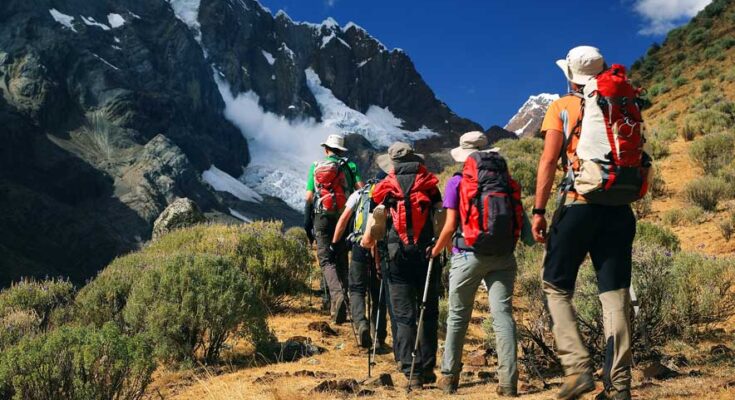Travelers to Peru, particularly those venturing into the Andean highlands or ascending to the heights of Machu Picchu, should be aware of the risks associated with altitude sickness, also known as acute mountain sickness (AMS). While the majority of visitors experience mild symptoms that subside with acclimatization, altitude sickness can pose serious health risks if not properly managed. In this guide, we’ll explore the symptoms of altitude sickness, as well as provide tips for prevention and treatment to ensure a safe and enjoyable journey in Peru.
Symptoms of Altitude Sickness:
Altitude sickness can affect individuals at elevations above 2,500 meters (8,200 feet) and typically manifests within the first 24 to 48 hours of arrival at high altitude. Common symptoms include:
- Headache: Persistent headache is one of the most common symptoms of altitude sickness, often described as throbbing or pressure-like and typically located in the frontal region of the head.
- Fatigue: Feeling unusually tired or lethargic, even after minimal exertion, is another hallmark symptom of altitude sickness.
- Dizziness and Lightheadedness: Individuals may experience feelings of dizziness or lightheadedness, particularly upon standing or with sudden movements.
- Nausea and Vomiting: Some people may experience gastrointestinal symptoms such as nausea, vomiting, or loss of appetite.
- Shortness of Breath: Difficulty breathing or shortness of breath, especially during physical exertion, is common at high altitudes due to the decreased oxygen levels in the air.
- Insomnia: Difficulty sleeping or disrupted sleep patterns are common at high altitude and may exacerbate other symptoms of altitude sickness.
Prevention and Treatment Tips:
- Gradual Ascent: Ascend to higher altitudes gradually, allowing time for acclimatization. Avoid rapid ascents, particularly if flying directly from sea level to high altitude destinations.
- Stay Hydrated: Drink plenty of fluids, preferably water, to stay hydrated and help mitigate the effects of altitude sickness. Avoid excessive alcohol consumption, as it can exacerbate dehydration and worsen symptoms.
- Rest and Relaxation: Allow time for rest and relaxation upon arrival at high altitude destinations. Avoid strenuous physical activity during the first few days to give your body time to acclimate.
- Medication: Consider taking preventive medications such as acetazolamide (Diamox) to help prevent altitude sickness symptoms. Consult with a healthcare professional before taking any medications and discuss potential side effects and contraindications.
- Descend if Necessary: If symptoms of altitude sickness become severe or persistent despite conservative measures, descend to a lower altitude as soon as possible. Descending even a few hundred meters can often alleviate symptoms and prevent further complications.
- Supplemental Oxygen: In severe cases of altitude sickness, supplemental oxygen may be necessary to alleviate symptoms and improve oxygenation. Oxygen therapy should be administered under the guidance of a healthcare professional.
Conclusion:
Altitude sickness is a common concern for travelers to high altitude destinations in Peru, but with proper preparation, awareness, and caution, it can be effectively managed and mitigated. By familiarizing yourself with the symptoms of altitude sickness and taking appropriate preventive measures, you can enjoy a safe and memorable journey through the breathtaking landscapes of the Andean highlands and beyond. As always, it’s essential to listen to your body, prioritize safety, and seek medical attention if symptoms of altitude sickness become severe or persistent.



